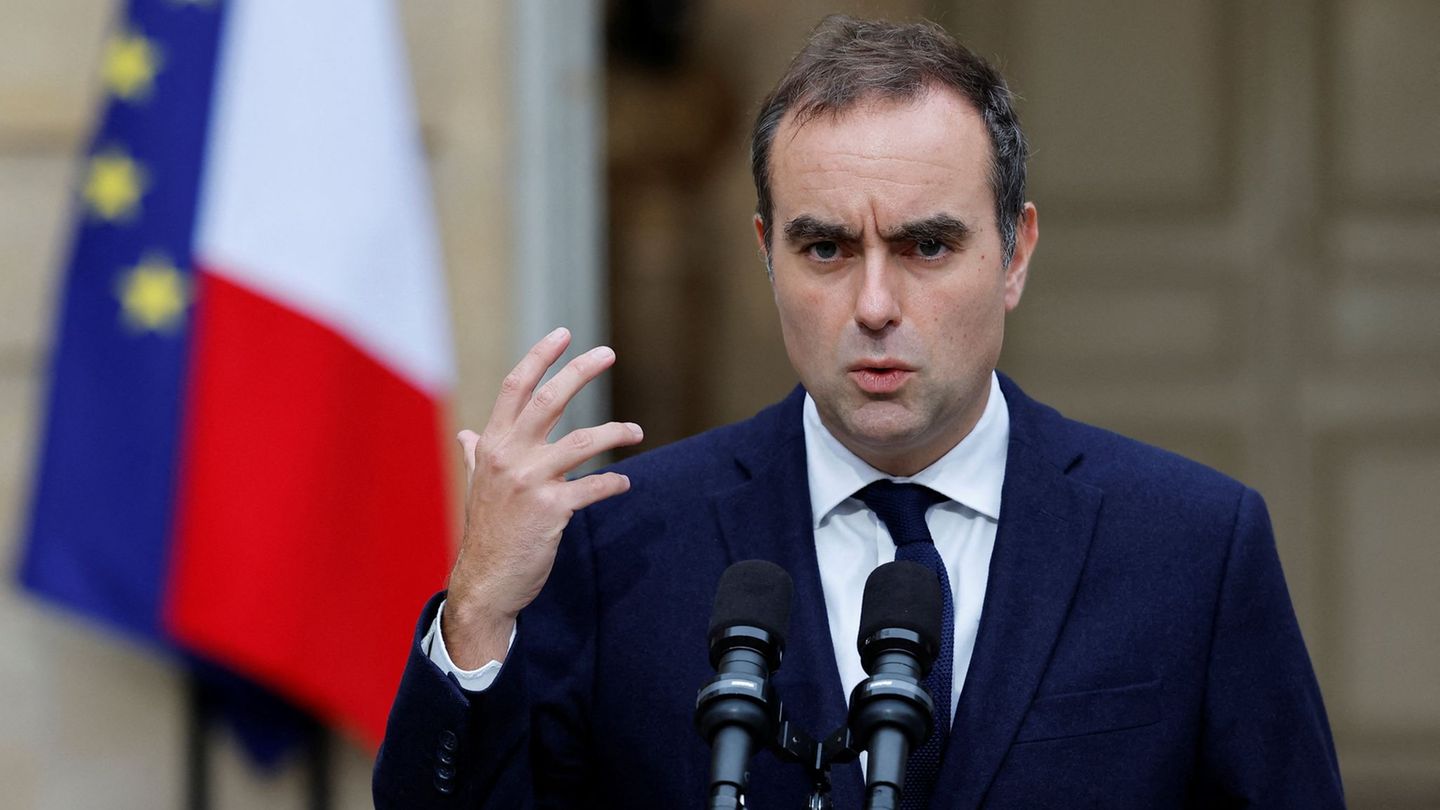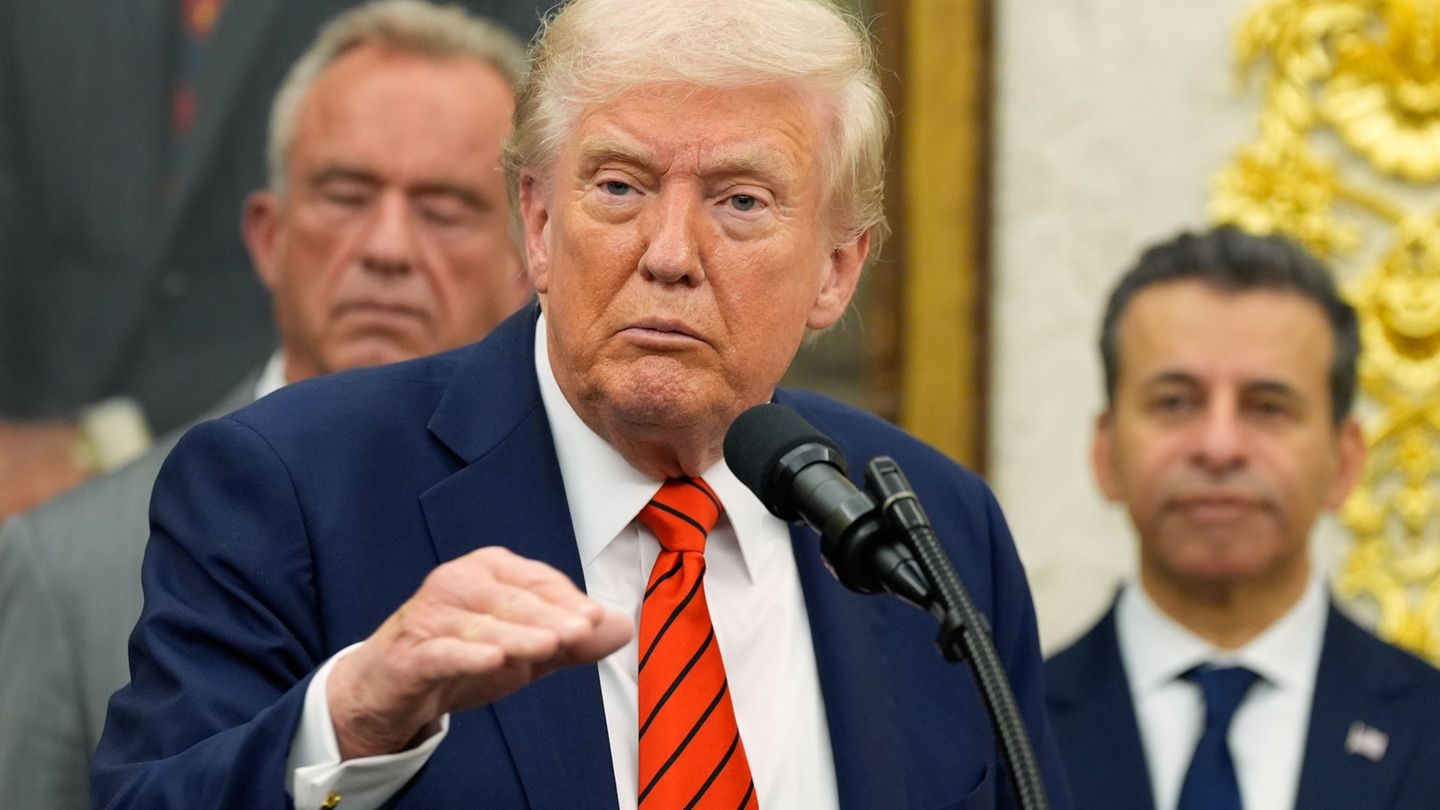The scandalous management of photo fines in the province of Buenos Aires, through a system granted to private companies, has still not found a response from politics. In fact, the officials who should offer residents an explanation about the business, such as the Chief of Staff, Carlos Bianco, and the Minister of Transport, Jorge D’onofriowho prefer to ignore the dark operations of businessman Leandro Camani. Some malicious people point to an oily relationship. The truth is that the call “king of photos” invoices almost US$1 million per day with his company Secutrans despite numerous complaints of poorly prepared minutes or that they have errors and should not be processed.
Bianco and D’onofrio’s excuse points to the fact that Camani signed the concession agreement in November 2019 during the Government of María Eugenia Vidal, which led him to work starting in 2020 in the province of Buenos Aires with 1,500 cameras distributed in the municipalities of Lezama, Chivilcoy, Escobar, San Antonio de Areco, La Matanza, Morón, Hurlingham, San Martín and Mar del Plata.
But the officials’ justification does not close: The power to regulate traffic and punish violations in Argentina falls to the Nationwhich delegates these functions to the provinces, and these, in turn, to the municipalities. In Buenos Aires, the management of photo fines is concessioned to private companies, which are responsible for installing and maintaining the cameras, in addition to processing violations.
The framework that positioned Secutrans in the Buenos Aires municipalities to be the company that installed the photomults in each district had another person behind it: Mariano Campos, who has managed to install the company as the main beneficiary in these million-dollar agreements.
Campos served as head of Provincial Roads and Undersecretary of Transportation in Buenos Aires in the Vidal government during 2016 – 2018 and a former official resigned from his position in the midst of one of the political crises that Cambiemos’ management went through. He jumped from the private sector to public administration, which also explains the knowledge he has about the million-dollar business that photo fines represent.
At that point it was detailed that the company Secutrans, one of the concessionaires that is in charge of photo fines in several Buenos Aires municipalities, “In 2023 it had revenues of 386 billion pesos”according to journalist Mauro Federico de Argenzuela, in dialogue with Juan Amorín in La Mañana on C5N.
“More than half of the records are poorly prepared because they have some error or defect, either because the photo does not properly reflect the identity of the person or the vehicle with its corresponding domain name,” Federico advanced and explained that, in addition, “many of the fine photos are not directly the car of the fined owner or the fines created are fictitious, since the drivers claim that they were never at a certain place and time.”
Minutes that are poorly prepared or have errors should not be processed. In the event that the fine reaches the Court, the offender has to go to the misdemeanor court, which evaluates and whether or not to lift the fine. When in doubt, it always benefits the driver.
Despite this provision, Secutrans processes all photo tickets in the same way, both those that have errors or irregularities and those that do not. “Camani is very nervous because now the summer season begins, and to give you an idea, Secutrans has the cinemamometers in all the municipalities that border Route 2, one of the busiest that leads to the Coast,” explained Mauro Federico.
There are six courts in the province of Buenos Aires that are responsible for reviewing these types of complaints. It is approximately estimated that between 60% and 70% of the photo fines issued by Secutrans devices are null. That is, seven out of ten fines should not be issued.
This intermediation network would allow a large part of the money to end up in the hands of companies. A blow for residents and municipalities, which receive only 15-30% of the collection of fines.
Source: Ambito




